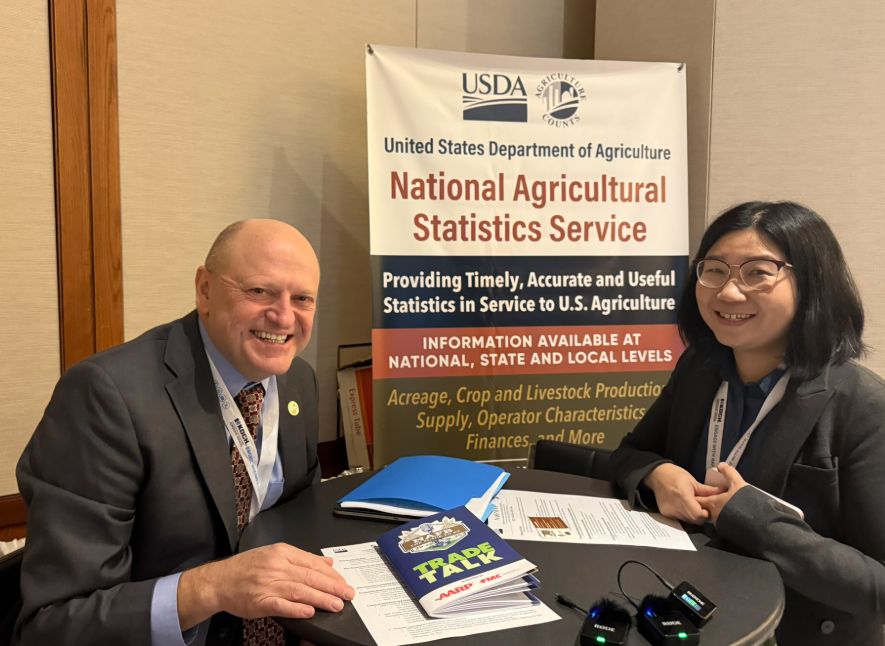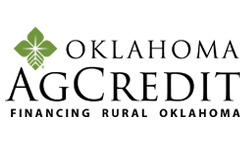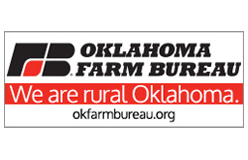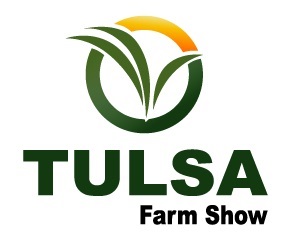
Following a recent lapse in government funding, the USDA National Agricultural Statistics Service (NASS) is working hard to bring its vital statistical reports back on schedule. In an interview with Farm Director KC Sheperd, Joe Parsons of USDA NASS discussed the agency’s mission to recover from the hiatus and underscored the irreplaceable value of farm data.
Back on Track: Reports and Year-End Surveys
Parsons confirmed that while NASS successfully released key information like the November Crop Production report, the agency has significant work ahead. The pause necessitated the rescheduling of crucial market information.
“We do have some catching up to do,” Parsons stated. “We have about 60 reports that were scheduled to be released during the lapse in funding… we’re very busy trying to get back on track and also prepare for the other things that are coming down the pipe.”
He confirmed that widely followed reports, including crop production numbers, the WASDE (World Agricultural Supply and Demand Estimates), and cattle on feed data, are being prioritized to be back on time. Additionally, NASS is gearing up for its essential year-end activities.
“We have a lot of data to get collected to… meet those end of what we call our end of year surveys,” Parsons explained, which includes a “big survey that we do in December” related to the January reports on crop and grain in storage.
Closing the Market Intelligence Gap
The need for farmers to diligently participate in NASS surveys was a key focus of the discussion. Parsons explained that for many family farms, the NASS data is their only source of comprehensive, reliable market intelligence.
“A large multinational firms that have really as a part of their business have market intelligence, right?” Parsons noted. However, farmers “don’t have the resources to have that kind of market intelligence.”
When NASS data is unavailable, it creates a serious problem: “there is a, you know, there’s really a gap.” The agency’s solution is to level the playing field by ensuring all stakeholders—from multinational corporations to part-time farmers—receive the information simultaneously.
“The data that we collect from farmers and ranchers… it’s available to everybody at the same time, whether you’re a big operator, a multinational, or… you farm part time,” he confirmed.
Confidentiality and the Agricultural Census
Addressing a perennial concern from the farming community, KC Sheperd asked Parsons to confirm the privacy of the submitted data. Parsons provided firm assurance, noting that the data is protected by federal law.
“That’s not just because we think that’s a good idea, that’s because it’s covered in law,” Parsons stressed. He added that regardless of situations like a lawsuit or a Freedom of Information Act request, “The data provided to us by farmers and ranchers… are private and they are kept confidential and that’s under a law called Subsea, with very high penalties if we don’t.”
Looking ahead, while the next main Census of Agriculture data collection will begin at the end of 2027, NASS is focused on crucial preliminary activities. This includes follow-on surveys, notably one concerning land transfer, and targeted surveys on Organics and Local Foods.
A major current activity is refining the mailing list to ensure accuracy. Parsons mentioned that some listeners may soon receive a short questionnaire: “That’s what that’s about is to determine who is farming, who should we reach out to with that census form that’s now a couple years away.”


















